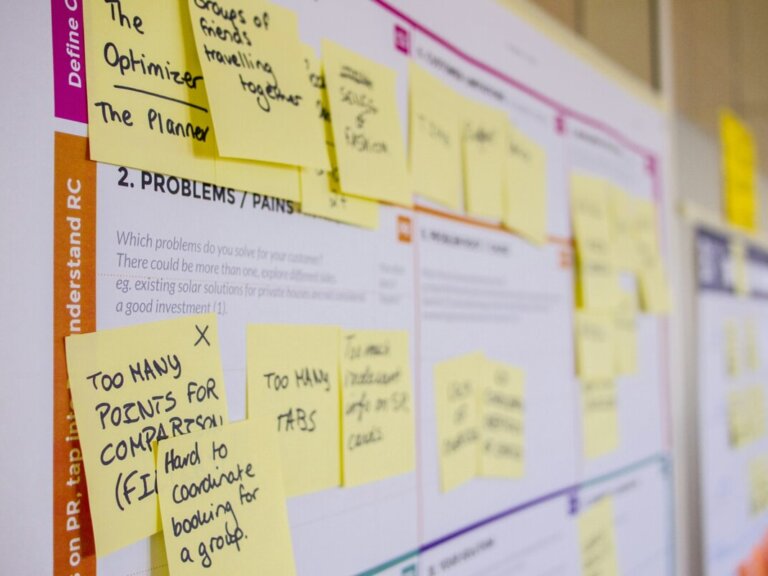
Author: Kysha Praciak
· 3 mins read · 222 views
The Story Points Mystery
What are Story Points?
In agile development, story points serve as a crucial metric for gauging the effort necessary to complete tasks within the product backlog. These units of measurement help teams estimate the complexity, amount of work, and associated risks or uncertainties of backlog items, typically user stories, but also applicable to other tasks like bug fixes. By assigning story points, teams can better manage their workload and expectations, ensuring that they can accomplish their goals within a sprint. Estimating story points before sprint planning allows teams to strategize effectively, promoting a more organized and predictable workflow, ultimately enhancing productivity and project success.
Why Should You Use Story Points?
Story points are a valuable tool for agile teams, simplifying the estimation process by focusing on the relative effort required to complete product backlog items rather than specific time units. This abstraction helps teams prioritize tasks more effectively and plan their work with greater flexibility. By using story points, teams can compare the complexity and effort of different tasks, enabling more informed decision-making during sprint planning. While story points can sometimes be inconsistent due to subjective assignment, they foster important discussions about assumptions and work estimates, ultimately leading to better collaboration and understanding within the team. Despite potential drawbacks, story points are favored in agile methodologies like Scrum for their ability to facilitate better planning and prioritization, driving overall project success.
What Does it Mean When You Give 3 Story Points or 8 Story Points?
When you assign 3 story points to a task, it indicates a relative effort that typically translates to about 12 hours of work, assuming each story point equates to 4 hours. This system allows teams to gauge the complexity and workload of tasks without being tied to strict hourly estimates. For instance, an 8-story point task would then be estimated to take around 32 hours. The key advantage of this approach is the focus on relative effort rather than exact time, facilitating better planning and prioritization. By comparing tasks of different story point values, teams can effectively manage their workload within a sprint, ensuring they tackle the highest priority items while maintaining a balanced and achievable workflow. This method also helps teams to estimate their capacity and make more accurate predictions about what they can accomplish in a given timeframe, enhancing overall productivity and project management.
How Should You Score Story Points?
Scoring story points effectively is essential for agile teams to manage their workload and predict project timelines accurately. To begin, establish a baseline task that equals one story point, using it as a reference for estimating other tasks. Consider using the Fibonacci sequence (1, 2, 3, 5, 8, 13, 21, etc.), a popular method in agile estimation, where each number is the sum of the previous two, reflecting the increasing complexity and effort of tasks. Ensure your team reaches a consensus on the value of story points, taking into account unpredictability and risk. This alignment fosters faster and more accurate estimations over time.
Follow these steps:
Step 1: Understand the overall effort involved in each user story. Assess the complexity, amount of work, and any associated risks or uncertainties.
Step 2: Choose a baseline story. Determine what size task is equal to one story point and use that task as a reference for estimating other tasks.
Step 3: Determine the sequencing method before assigning the actual numerical value. Consider using the Fibonacci sequence (1, 2, 3, 5, 8, 13, 21, etc.), a popular method in agile estimation, where each number is the sum of the previous two, reflecting the increasing complexity and effort of tasks.
Step 4: Register team consensus. Ensure your team reaches a consensus on the value of story points, taking into account unpredictability and risk. This alignment fosters faster and more accurate estimations over time.
Step 5: Record story point estimations. Document the agreed-upon story point values for each user story or task.
Step 6: Refine story point estimation with experience. After completing sprints, measure the team’s velocity and adjust future estimations based on past performance and insights.
Conclusion
In conclusion, story points are a powerful tool for agile teams, providing a flexible and efficient method for estimating the effort required for various tasks. By understanding the overall effort, choosing a baseline, using the Fibonacci sequence, and ensuring team consensus, teams can streamline their estimation process and improve planning accuracy. Consistently refining these estimations with experience allows for better workload management and more predictable project outcomes. Embracing the use of story points not only facilitates better prioritization and planning but also fosters a collaborative team environment, ultimately driving project success. As your team becomes more adept at using story points, you’ll find your workflow becoming smoother, your estimates more reliable, and your project delivery more timely and efficient.
Looking for Expert IT Solutions?
Subscribe to Our Newsletter for Exclusive Tips and Updates!
Stay ahead of tech challenges with expert insights delivered straight to your inbox. From solving network issues to enhancing cybersecurity and streamlining software integration, our newsletter offers practical advice and the latest IT trends. Sign up today and let us help you make technology work seamlessly for your business!



Share